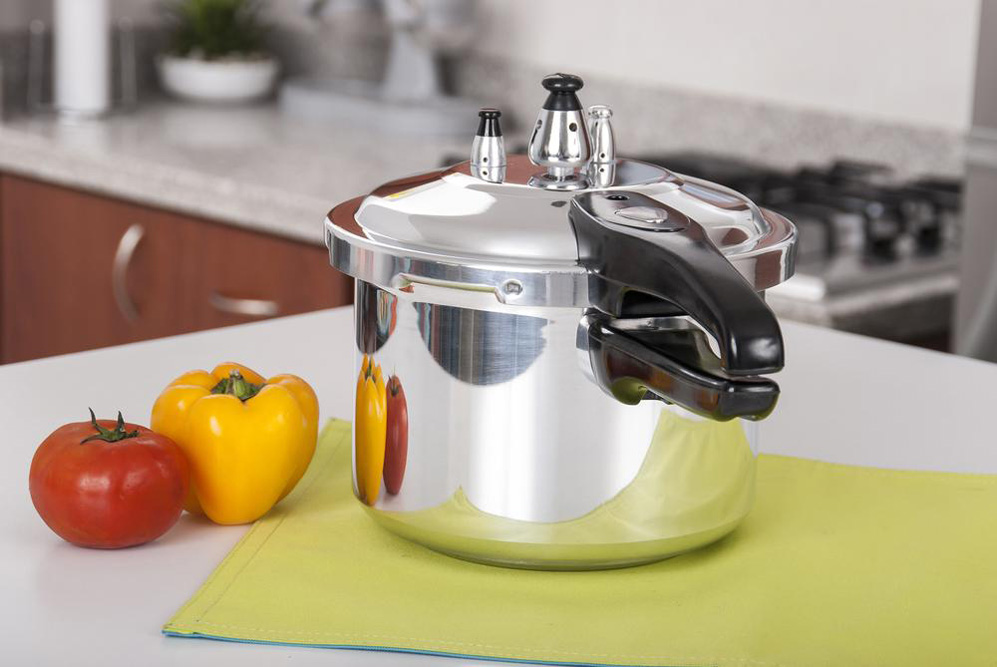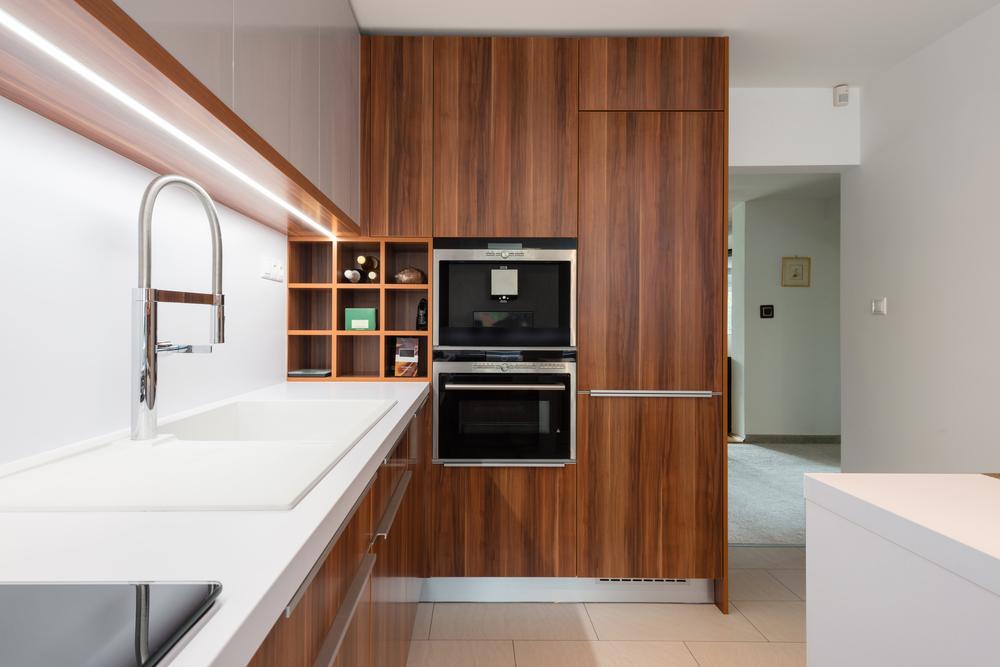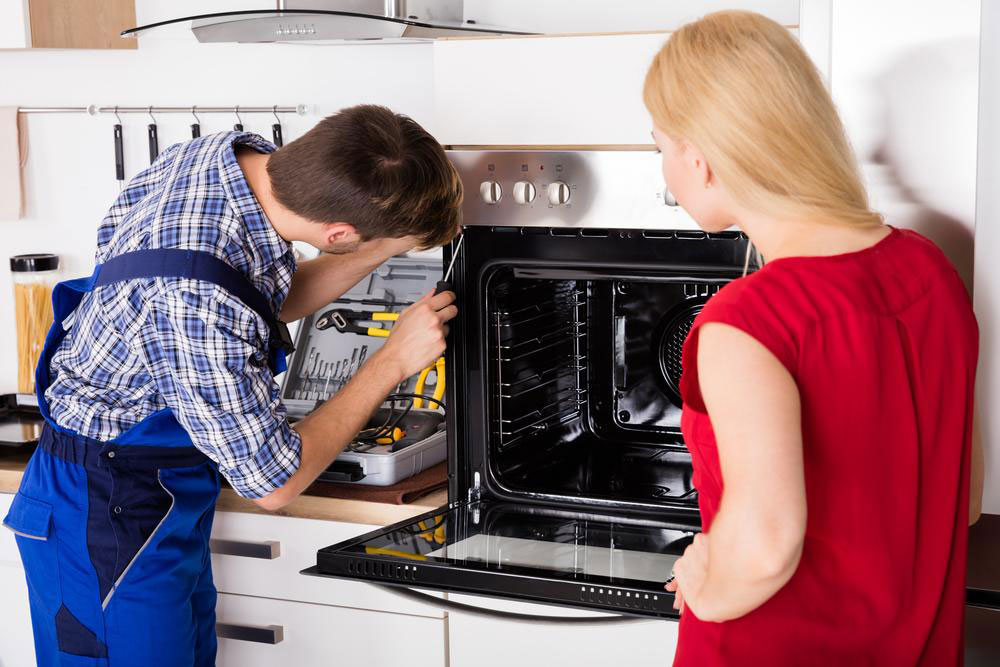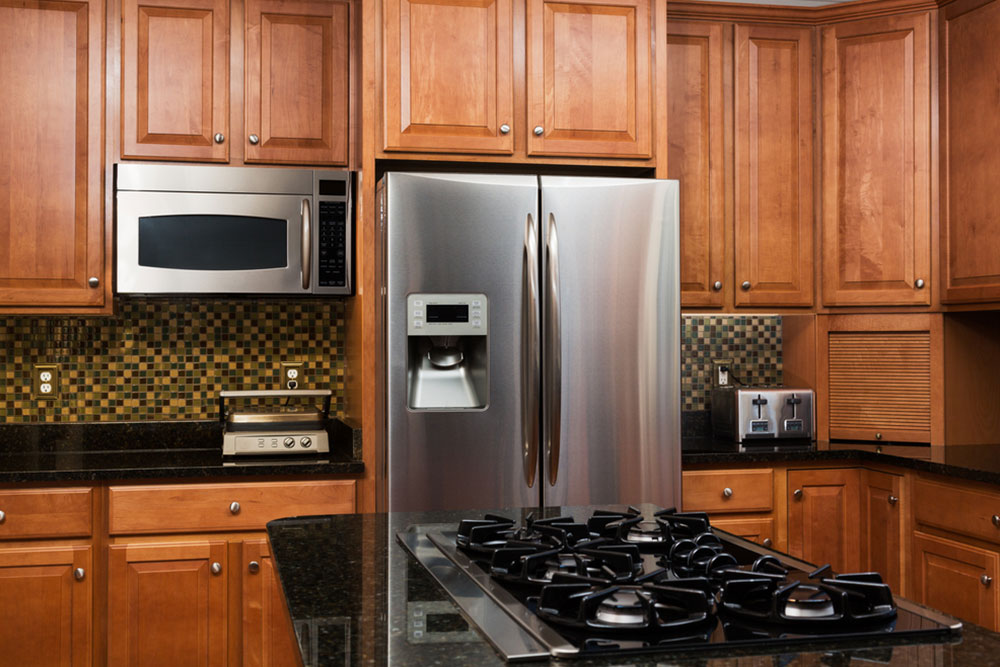Essential Components of a Blender and Their Functions
Discover the key parts of a blender, including the housing, jar, blades, lid, and gasket, and learn how each component contributes to effective blending. This guide covers different blender types and their maintenance, making it a useful resource for kitchen enthusiasts and appliance buyers.

Essential Components of a Blender and Their Functions
The blender is a versatile kitchen tool used to process various foods. Powered by electricity, it can transform ingredients, spices, and liquids into smooth purees, liquids, or chopped pieces. Countertop blenders feature a container with a metal blade that crushes ice and blends ingredients effectively. An immersion blender, on the other hand, lacks a jar and is directly immersed into food for blending.
Blenders have been indispensable in kitchens for years, offering adjustable speed settings for different tasks.
Cleaning is made easier with removable blades in some models. The critical parts ensuring optimal performance include:
Housing – Houses the motor and controls, providing support and structure to the blender.
Jar – The container, which can be made of glass, plastic, or stainless steel, holds the ingredients during blending. Glass jars are popular for their durability and visibility.
The lid covers the jar to prevent spillage and often includes a cap for adding ingredients mid-operation.
Blade – The rotating part that shreds and mixes ingredients at various speeds, creating a uniform mixture.
Gasket – An O-ring seal that prevents leaks when the blades are detachable, fitting between the jar and the motor base.










